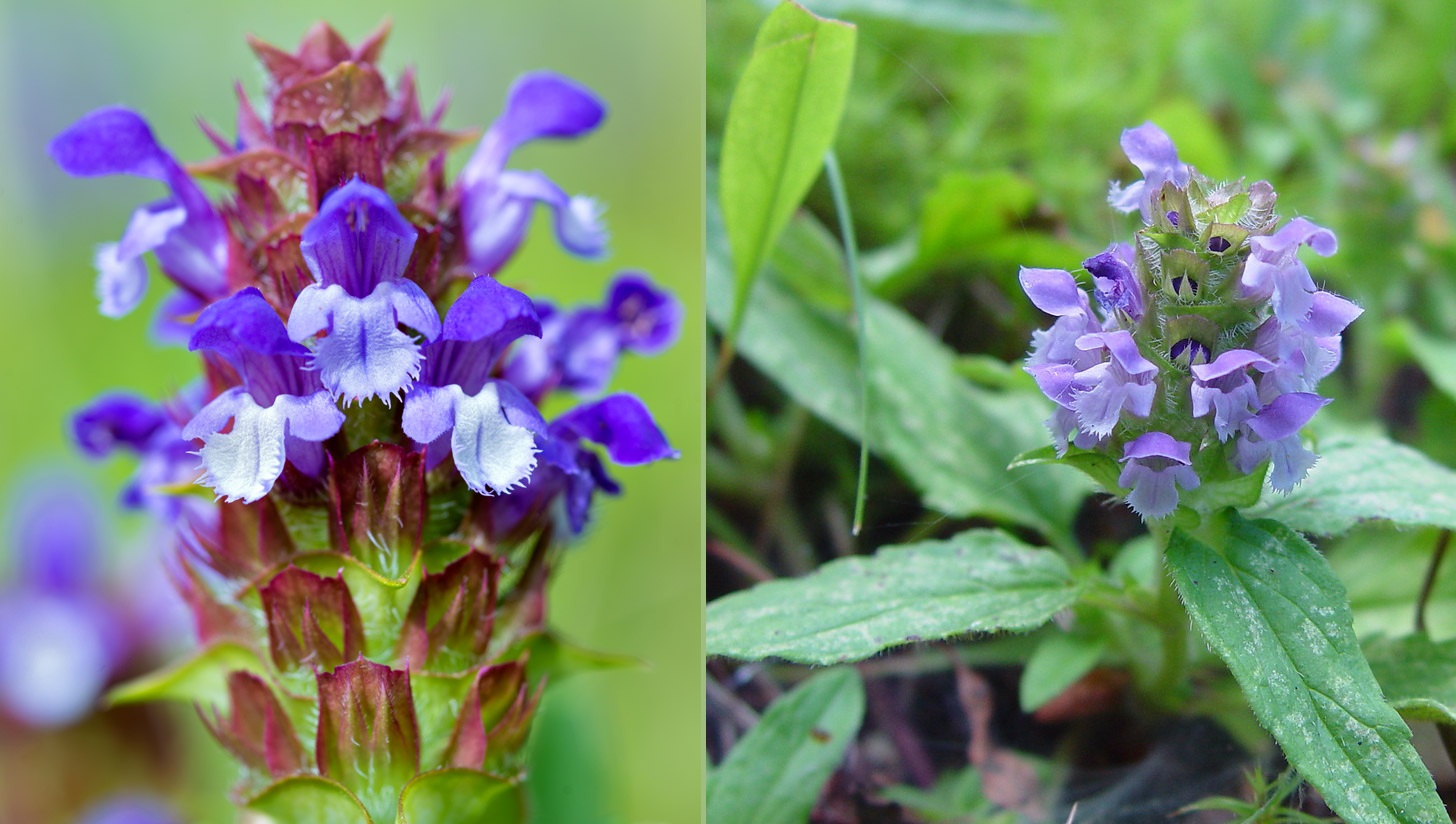Prunella Vulgaris is a plant related to the mint family and can be grown in full sun or in shade. It reproduces and spreads easily, so is often considered a weed. Prunella Vulgaris is a medicinal and edible plant, and it can be added fresh in salads, boiled as a pot herb, it can be eaten in stews and soups too. On every continent in the world Prunella Vulgaris was used as an alternative medicine for centuries.

It is said that this plant can cure every illness known to men, something like a panacea, so the other name –Heal-All- comes from there.
The whole plant is effective as a medicinal component because it contains some great healing powers and it is used as antibacterial, antipyretic, antispasmodic, antiseptic, astringent, carminative, and vulnerary.
The most useful compounds found in Prunella Vulgaris are manganese, oleanolic-acid, rosmarinic acid, d-camphor, rutin, and tannins.
-
Prunella Vulgaris Tea
Freshly chopped leaves soaked in cold water make an invigorating and a very tasty drink, that is both refreshing and prevents a wide range of potential diseases.
Tea made from infusing fresh or dried Prunella leaves is an excellent eyewash for troubles with inflamed eyes and eye area. This beverage is also taken internally as a medicinal tea in the treatment of a sore throat, internal bleeding, fevers, sore mouth, and diarrhea.
-
Prunella Vulgaris Wash
Prunella Vulgaris as mentioned before has many healing properties that can be used topically to damaged, wounded or inflamed skin. As antibacterial it inhibits the growth of many different bacteria, and as antibiotic destroys any harmful microorganisms. It is also known that Prunella Vulgaris can be used as a natural treatment against herpes.
Because of the astringent properties, this herb can also heal wounds, by constricting the cells and providing enough protection from further inflammation. For damaged or inflamed skin you can make your own medicine from the leaves of Prunella V.
Boil a cup of water, then add a teaspoon of fresh or dried leaves. Let it sit for about 10 minutes, then strain the liquid and pour it into a jar. Don’t throw away the leaves, but use them to apply on the infected area or lesions, and leave them for about half an hour for the best result.
Use the liquid as a wash after you remove the soaked leaves. Repeat this process until necessary.
